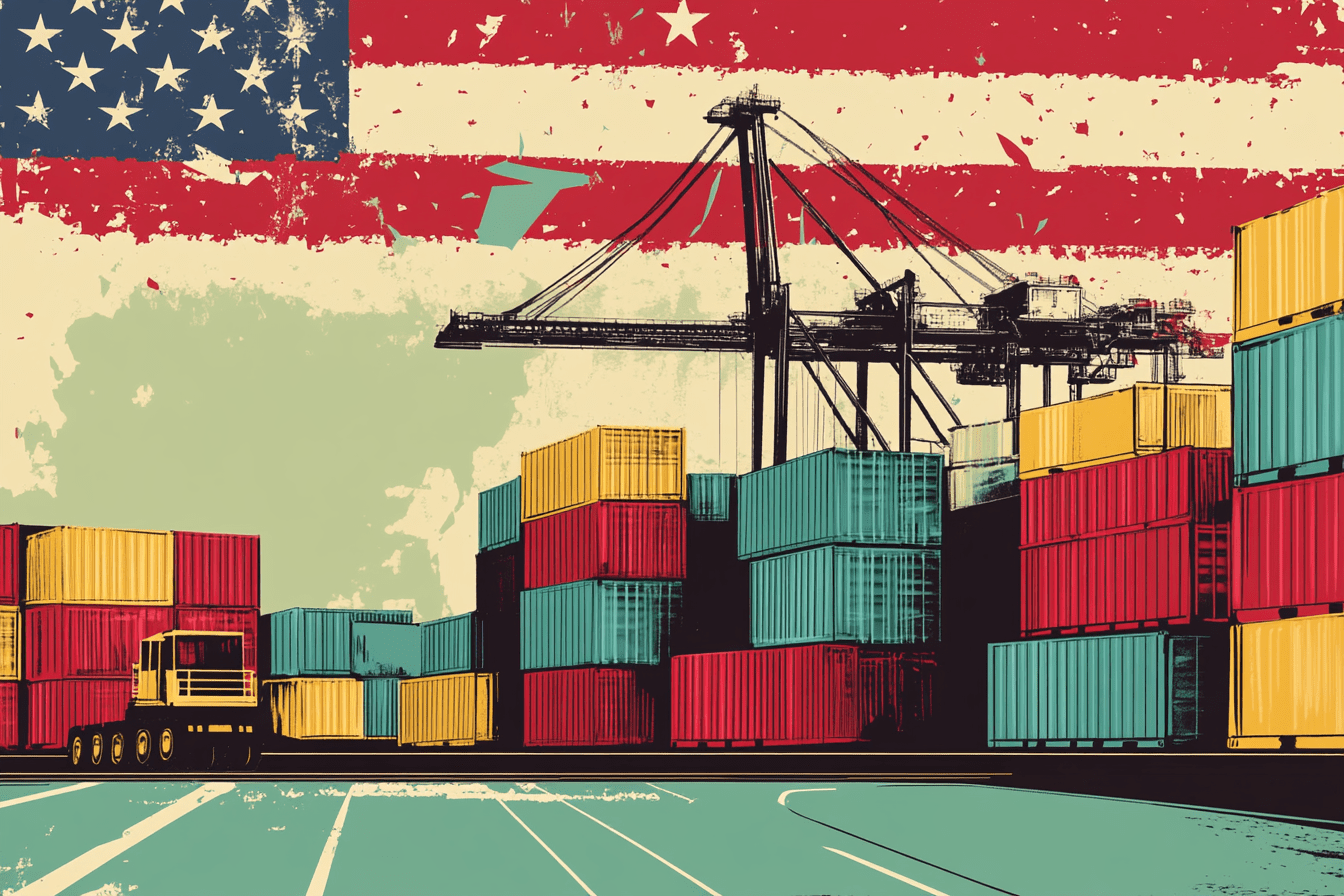Policy Brief 40 - The Cost of Trump's "Reciprocal" Tariffs
Lessons from first principles of classic trade policy welfare analysis. A Policy Brief by Daniel Gros

-
FilePB40_THE COST OF TRUMPS RECIPROCAL TARIFFS.pdf (653.68 KB)
Executive Summary
Traditional analysis of tariffs in a partial equilibrium setting can tell us much about the welfare consequences of high tariffs. The column argues that, as tariffs ratchet up, welfare costs increase more than proportionately.
Large differences in tariff rates across countries, as in the US short-lived ‘reciprocal’ tariffs proposal, are particularly costly as they lead to trade being diverted to less efficient suppliers.
The cost of this trade diversion can be a multiple of the standard welfare losses. These large losses are not just a theoretical construct, they also explain the strong reaction of financial markets.
A combination of trade diversion and reduced imports will lead to tariff revenues much lower than expected. The disappointment regarding tariff revenues is connected to welfare losses.
The lower the tariff revenues, the higher the welfare losses. Commentary on the evolving tariff saga initiated by Donald Trump based on large global models can provide quick simulations of the impact of tariff structures on macroeconomic variables like exports and or employment.
The basic welfare analysis in a partial equilibrium setting presented here illustrates the basic economic mechanisms through which tariffs cause economic losses, welfare losses that go beyond the macroeconomic impact.
The basic principles exposed here provide the intuition on how to evaluate tariffs strategically as the Trump Presidency struggles to find a coherent policy
Standard welfare analysis shows that the highly country-specific tariff structure of the US ‘reciprocal’ tariffs, which range from over 100 % for China to 10% as the base case, are likely to entail very high costs for the US as imports switch to countries with higher costs, but lower tariffs.
More in general, the welfare cost for the US of the very high rates imposed on China (and threatened for other countries) will lead to welfare costs that are an order of magnitude higher than previous tariff increases.
This is why US financial markets have sold off so strongly. Trump’s reciprocal tariffs are not the first time the US has turned protectionist.
The last time was almost 100 years ago, when Congress passed the Smoot-Hawley Act of 1930, which had very high rates for many products.
The average rate under the Smoot-Hawley was about 20 %, not far from the average for the US today. But the Smoot-Hawley rates, were high, but not discriminatory.
Trump’s tariffs are discriminatory and thus have much higher costs for the US economy. Smoot-Hawley contributed to turning the recession of the early 1930s into the Great Depression of 1933 because it initiated a global trade war as other countries also erected trade barriers.
This time might be different as a few countries are contemplating doing anything more than retaliating directly by putting tariffs on US products.
IEP@BU does not express opinions of its own. The opinions expressed in this publication are those of the authors. Any errors or omissions are the responsibility of the authors.
